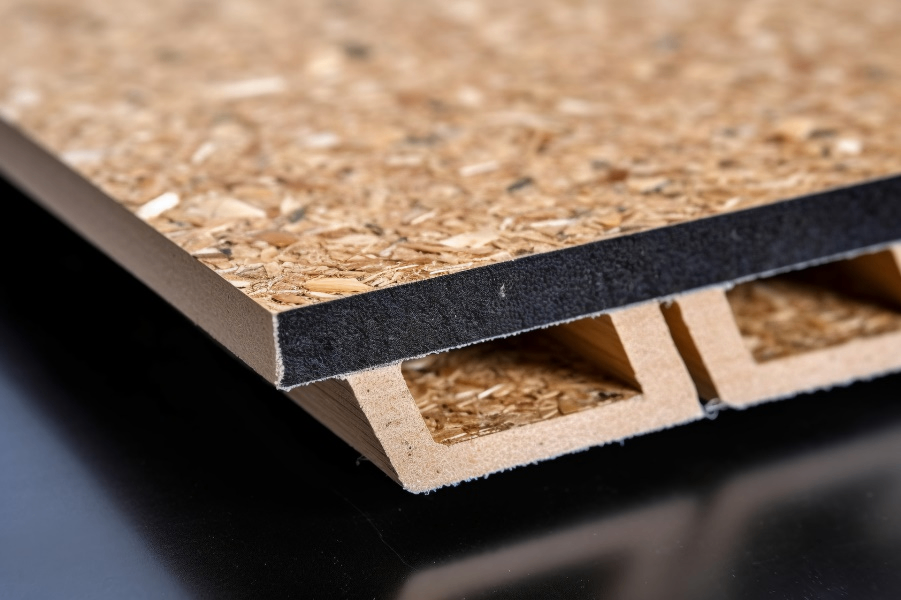Which Is Better, MDF or Particle Board?In the current field of architectural decoration, MDF and particle board, as commonly used boards, each have their own unique properties and performances.
Image Source:699pic
Medium density fiberboard (MDF) is mainly made from wood fibers or other plant fibers. It is formed by applying synthetic resins and then pressing under heat and pressure. In terms of appearance, it has a flat and smooth surface and a fine texture, enabling it to undergo various precise processing treatments. Whether it's carving intricate patterns or applying surface finishes, it can achieve excellent results. This makes it highly favored when manufacturing high-end furniture and decorative panels. Moreover, due to the even distribution of its internal fibers, its physical properties are relatively stable and it can effectively resist deformation to a certain extent. As long as the changes in temperature and humidity of the environment are not too drastic, it can maintain a good state of use.
However, MDF is not perfect. Its moisture-proof performance is rather poor. Once it is exposed to a humid environment for a long time, moisture can easily penetrate into the interior of the board, causing the board to swell, mildew, and even delaminate, which greatly shortens its service life. In terms of environmental protection, since a large amount of adhesives are used in the production process, if the quality of the adhesives is poor or fails to meet environmental protection standards, it may release more harmful substances such as formaldehyde, endangering the indoor air quality.
Particle board, commonly known as chipboard, also has prominent advantages. The structure of particle board gives it good nail-holding power. When assembling furniture, connectors like nails and screws can be firmly embedded in the board and are not easy to loosen or fall off, ensuring the structural stability of the furniture. Moreover, compared with MDF, particle board has relatively better moisture-proof performance. Thanks to its chip structure, even if the surface gets wet, it is more difficult for moisture to penetrate deep into the board. In terms of environmental protection, with the development of technology, many manufacturers now use low-formaldehyde or formaldehyde-free adhesives to produce particle board, greatly reducing the formaldehyde emission and making consumers feel more at ease.
Nevertheless, particle board also has certain shortcomings. Its surface flatness is not as good as that of MDF, and it is more difficult to directly carry out precise processing. If a high decorative effect is required, additional veneer materials usually need to be attached. In addition, since particle board is made by pressing wood chips, there may be slight differences in performance among different batches of products, which requires manufacturers to have stricter quality control to ensure the consistency of the products.
In the building materials market, both MDF and particle board have their own roles to play. Consumers and construction practitioners need to weigh the pros and cons and make a reasonable choice according to specific usage scenarios, environmental conditions, as well as requirements for environmental protection, aesthetics and other aspects, so that these two types of boards can play their maximum roles in architectural decoration projects and create beautiful and durable spatial environments.
